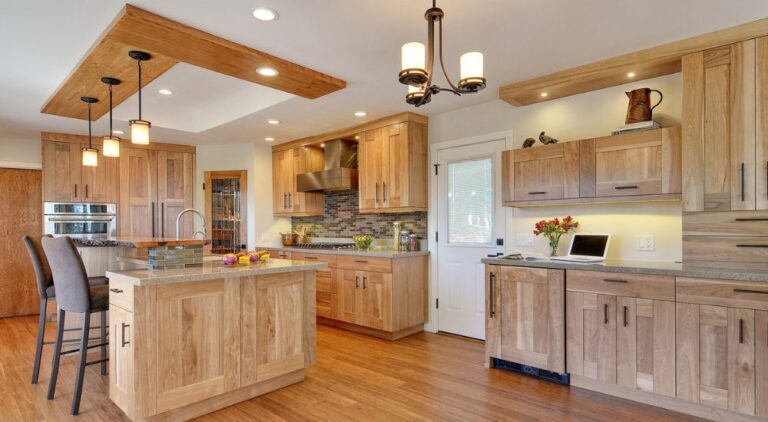A whitewash fireplace can be a game-changer for your living space, offering a fresh, modern look that’s both stylish and versatile. If you’re tired of your old, dark fireplace and want to give it a bright, airy makeover, whitewashing might be the perfect solution. But what exactly is whitewashing, and why should you consider it? In this guide, we’ll dive deep into the benefits, process, and tips for achieving a stunning whitewashed fireplace.
Benefits of whitewash fireplace
One of the most compelling reasons to whitewash a fireplace is the aesthetic transformation it brings. Whitewashing gives your fireplace a timeless, elegant look that can seamlessly blend with various interior styles, from rustic to contemporary. whitewash fireplace is an excellent way to lighten up a room. The reflective quality of white can make a space feel larger and more open, especially in smaller rooms or those with limited natural light. If your fireplace has seen better days, whitewashing can be a great way to conceal imperfections. Whether it’s soot stains, cracks, or discoloration, the whitewash can cover these flaws and give your fireplace a clean, uniform appearance.
Preparing for whitewash fireplace
Before you start, it’s essential to prioritize safety. Ensure the fireplace is cool and completely dry. Wear protective gear, including gloves and a mask, to avoid inhaling any dust or fumes from the whitewash fireplace process.
Gathering Supplies
To achieve the best results, gather the following supplies:
- Whitewash paint or a DIY whitewash mixture
- Paintbrushes and rollers
- Drop cloths or old newspapers
- Painter’s tape
- Cleaning supplies (soap, water, sponges)
Preparing the Fireplace Surface
Clean the fireplace thoroughly to remove any dirt, soot, or grime. This step ensures that the whitewash fireplace adheres properly and provides a smooth finish. If your fireplace has any loose or peeling paint, scrape it off and sand the surface lightly.
Choosing the Right Materials
When it comes to whitewashing, you have a few options. Traditional whitewash is a mixture of water, lime, and pigment, while modern alternatives include specialized whitewash paints. Choose a paint type that suits your fireplace material and desired finish. If you opt for a DIY whitewash, mix one part white paint with one part water. Adjust the ratio to achieve your desired opacity. For a more authentic look, you can use a lime-based whitewash. Gather the following tools:
- A large bucket for mixing
- Paintbrushes for detailed work
- Rollers for large surfaces
- A sponge or rag for blending
Step-by-Step Whitewashing Process
Cleaning the Fireplace
Start by thoroughly cleaning the fireplace to remove any dust and debris. This step is crucial for ensuring that the whitewash fireplace adheres properly.
Applying the Whitewash Solution
Apply the whitewash solution in even strokes using a brush or roller. Start from the top and work your way down. For a more textured look, use a sponge or rag to dab and blend the whitewash fireplace.
Techniques for a Smooth Finish
For a smooth finish, apply multiple thin coats rather than one thick coat. This approach helps to prevent drips and uneven coverage. Allow each coat to dry completely before applying the next.
Adding Decorative Elements
Once your fireplace is whitewashed, consider adding decorative elements such as a new mantel, candles, or artwork. These additions can enhance the visual appeal and make your fireplace a focal point in the room.
Incorporating Accessories
Pair your whitewashed fireplace with accessories that complement its new look. A stylish log holder or a set of elegant fireplace tools can add a touch of sophistication.
Pairing with Room Décor
Coordinate the whitewashed fireplace with your room’s décor. Neutral tones and natural materials work well with a whitewashed finish, creating a cohesive and inviting space.
Maintenance Tips
To keep your whitewashed fireplace looking its best, clean it regularly with a soft cloth and mild cleaner. Avoid abrasive scrubbers that can damage the finish. For minor touch-ups, simply apply a small amount of whitewash fireplace to the affected area and blend it in. This technique helps maintain the fireplace’s pristine appearance over time. If you notice stains or signs of wear, gently clean the area with a mild detergent. For more severe damage, you may need to reapply a coat of whitewash.
Common Mistakes to Avoid
Choosing the wrong type of paint can lead to poor adhesion and a less durable finish. Ensure you use paint specifically designed for whitewashing or follow a proven DIY recipe. Skipping the preparation steps, such as cleaning and sanding, can result in an uneven finish. Take the time to properly prepare your fireplace for the best outcome. Applying too much whitewash can lead to drips and an overly thick appearance. Apply thin, even coats for a more professional-looking result.
Conclusion
Whitewash fireplace can be a transformative project that rejuvenates your living space with minimal effort. By following the steps outlined in this guide, you can achieve a beautiful, timeless look that enhances your room’s ambiance. Remember to prepare properly, apply the whitewash carefully, and maintain the finish to enjoy your newly updated fireplace for years to come.
Read More interesting topic about bedroom
- Contemporary Ranch Homes The Perfect Blend of Modern and Classic Design
- Why Light Sage Green is the Perfect Color for a Calm and Stylish Lifestyle
- Transform Your Home with These Stunning summer decorations Ideas
- The Ultimate Guide to Boho Sofa A Perfect Blend of Comfort and Style Outline
- Cartoon Arch Door A Gateway to Creativity in Animation













